Introduction
I’ve lived in medieval times before. It’s true! I once did an internet questionnaire about it and watched Robin Hood: Prince of Thieves a few times. Back then, professions had a “smith” at the end, preceded by the one thing people were good at. So I’d probably be a wordsmith, Will Smith would be terribly good at writing wills, Robin Hood would be an Aerosmith, and Ron Sexsmith would likely be king of all the lands.
The medieval-talk was inspired by the steampunk design of the IMR Acoustics R1, which looks like an artifact of that era. Bob James, IMR owner, is the blacksmith and tunesmith of today. While not the most popular Bob (hard when you have Marley, Hope, and “the Builder” occupying top three), he cut his teeth in Trinity Audio, coming up with model after model and becoming essentially their spokesperson in Head-Fi until Trinity went under. He knew his stuff.
IMR Acoustics is Bob’s attempt to hit refresh, start anew, and kick ass again doing what he loves: making boutique in-ear monitors (IEMs) with incredible sound. The R1 is the fruit of his labour, a carefully crafted IEM that, according to the official site hopes to sound like an electrostatic headphone. It is also the only model offered by IMR so far, so R1 is both the entry level and flagship model. You go all in!
The R1 has a dual-dynamic hybrid driver setup: a 13mm ceramic driver paired with a 13mm beryllium driver with neodymium motors, capable of covering a staggering 14-40,000Hz in the frequency range. You might want to ask your doggo for help in this. It also has a dial in each earpiece that acts as ambient ports, and five audio filters to fine-tune the sound signature to your liking.
While not a technological marvel per se, the features alone outweigh the average IEM of any price. IMR is hopefully, having fun and taking things seriously in the IEM game again. Contradictory yes, but ask anyone who loves their job and business meets pleasure, leisure and... treasure I guess?
The R1 retails for £500 and is currently available through
IMR’s official website. I thank Bob profusely for giving me the opportunity to review the R1, which was provided free of charge as a review sample.
This review was first featured in
Headphonesty.
The soft glow belies the royal ear-smacking the listener is about to receive.
Equipment Used
DAP
- Sony NW-WM1A "K" Modded, FW 2.0
- iBasso DX-200 with AMP8
IEMs
- IMR Acoustics R1
- Acoustune HS-1650CU
- Empire Ears Legend X
Albums Listened
- Bon Jovi – Cross Road
- Daft Punk – Random Access Memories
- Denean – The Weaving
- Ed Sheeran – Divide
- Fleetwood Mac – Rumours
- Lorde – Pure Heroine
- Melissa Menago – Little Crimes
- Michael Jackson – The Essential
- Salena Jones – Salena Sings J-Ballad
- Simon and Garfunkel – The Essential
Packaging and Accessories
Sometimes at night, I leave the marital bed and retreat to the study for some furious reviewing. And sometimes, my wife would wake up and come a huntin’. If I was in the middle of an unboxing session and the packaging looked nice, yeah I get off the hook. Otherwise, well...
The R1 packaging would not survive this lol. It’s not an ugly packaging, but it’s obviously aimed directly at hobbyists. It won’t appeal to the casual bystander, or casual wife for that matter. The black and red box does have masculine flair, and the IMR logo is pretty nifty, but that’s about it. I’ve seen much better packaging elsewhere, but let’s move on. I just received an earful from the missus.
After unsheathing the black cardboard cover, an angry-looking red box greets you. Open the box, and the R1 says hello. You get a complete set of accessories too, some I’ll admit I might never use. There are 7 pairs of eartips (4 pairs of grey silicone in S/M/M/L, a pair of double-flanged white silicone in M, and 2 pairs of foam in M/L), a zippered hard case, shirt clip, 6.5mm adapter, cable, and the stars of the show, 5 pairs of audio filters with a metal holder.
For on-the-go use, the zippered case is large enough to hold the R1, cable, and all audio filters in the metal holder. One gripe is the metal holder has a crude finish, reinforcing the DIY aesthetic of the R1 rather than something more polished and high-end.
Assemble troops! Sonic attack imminent!
Design and Build Quality
Like polar bears, the R1 has a polarising design, but for the record I love it. The steampunk, industrial-inspired design speaks to me in different manly languages. The gunmetal colour makes me love it even more. It looks like what knights in glittery armour would wear to pump themselves up before jousting, in the good ol’ days.
The CNC engineered aluminium chassis is chiseled and smooth to the touch, with strong curves and a distinct poise. The dial that operates the port system has a sinister smile ala Watchmen. The R1 is built tough, and looks tough, like Jason Statham in IEM form. Just a brilliant masculine design through and through. I feel like chugging a beer, devouring red meat and wrestling a bear after coming in contact with the R1.
Cable
Since Trinity Audio days Bob is known to make his own cables rather than rely on stock, generic stuff. The 2-pin cable provided is made of
Oxygen-free Copper (OFC), sheathed in a thick layer of TPU. From the connectors to the Y-split and the L-shaped jack, build quality is robust and made to stand the test of time (except hungry mouse attacks). However, ergonomics take a big knock.
The cable, being thick and hard to tame, tends to straighten itself. This means hooking the cable around the ear is quite an exercise. You’ll need to use the chin slider and have it pressed against the chin to hold the cable in place. If you intend to switch cables I have more bad news. The 2-pin sockets in the earpieces are 90 degrees rotated compared to other IEMs, so you can only use cables without earguides. Good luck in your quest.
Fit, Isolation, and Comfort
All-metal, I have bad memories of them. I pre-ordered Campfire Audio’s insanely popular Andromeda when it was first announced, and drove out to the post office to retrieve it because I simply. could. not. wait. Putting them on for the first time, I felt despair. The inside edges pressed uneasily against my ears, causing pain and pleasure in equal measure (it sounded excellent lol).
With that in mind, I approached the R1 with apprehension. The edges were smooth, but God the dial that controls the port system has some shiny sharp edges! Sweating, I put them on and... nothing. They sit perfectly in my ears, and the grim anticipation of getting my ears cut did not materialise. I dodged a bullet (more a knife), but can’t help but think that the dial might cause discomfort for others if the orientation was off by just a little.
Of the plethora of ear-tips provided, I was able to obtain the best comfort and seal with medium-sized stock grey silicone. With them, I wore the R1 for hours on end without issue. I do not feel the weight of the R1 in my ears, which despite its all-metal, imposing build, is pretty lightweight. I normally rely on aftermarket tips but not this time.
The “cogs” control the port system. I'm quite sure the O is for obsessive and the C is for compulsive. Smile!
Now, the port system. The dial that looks like a smiley rotates left and right to control how much outside noise enters, effectively controlling the level of isolation. The difference between fully open and fully closed are subtle but noticeable. I tend to leave it fully open for the biggest possible stage size and airiness, forgiving the small amount of outside noise I hear.
Fully closed, the sound becomes more focused and closed-in, although not playing to the strengths of the R1. The isolation is merely average even when fully closed, so I wouldn’t get this for daily commutes. I can think of only a handful of situations where you need the ports closed (library, hospital, ignoring the wife, dog, police). You might have your own reasons.
Sound Quality
With two dynamic drivers of exotic materials, you can be sure I’ll cook ‘em until they’re crispy and give off an otherworldly aroma. The R1 was burnt in with gentle music for 200 hours, giving the drivers a soft massage before dispatching them for full-time duty. After 200 hours it can be argued that the bass became tighter and punchier, while the imaging is a hair more accurate. Don’t dispute me.
The main setup used was Sony WM1A "K" Modded (low gain and Direct Source on) > stock cable > R1. I also took the R1 out for a spin with the iBasso DX200 but prefer the warmth and tonality of the WM1A rig.
Overall Sound Signature
If music paints a picture, the R1 is a bright red ‘V’ sign, expressing a valiant, vibrant tuning, versatile signature choice, vast staging, vivid imaging, and victorious execution. The overall sound signature of the R1 is unapologetically V-shaped, bringing deliciously-enhanced bass and a lifted treble. Another similarity across all filter choices is the epic-scale soundstage, which really can’t be ignored.
The acoustic filter system in a nutshell. Unscrew, rescrew, review.
IMR provides five audio filters to fine-tune your signature choice. The filters carry DNA from Trinity Audio days, and provide variety and play value. They are easy to install and switch, just a matter of screwing in (ooh) the nozzle of choice, which are colour-coded. IMR gave a rundown of each filter’s signature in their website, but naturally I prefer to use my own words.
Black
The meatiest presentation, an ‘L’-shaped signature with super-prominent bass and treble, with mids not too far behind. The midbass is too rounded and bloaty for my taste.
Pink
Like black, still meaty and forward, but with the bass screws tightened, resulting in a classic people-pleasing ‘V’-shape. Fits most genres.
Copper
Bass on steroids. An overload of boominess at the lower regions for maximum warmth. However, bass bleeds aplenty and the overall presentation is congested.
Orange
IMR’s take on the Audeze sound. Treble is rolled-off early and bass not as impactful, resulting in a warm, smooth signature fit for (relative) easy listening.
Blue
The brightest, airiest signature with a midbass scoop and upper mids hump. Closest to neutral, normally my thing but hampered by an obvious metallic timbre.
To Summarise
Bass quantity: Copper > black > pink > orange > blue.
Treble quantity: Blue > black > pink > copper > orange.
My preference: Pink > orange > black > copper > blue.
My favourite filter is pink, and the rest of the sound impressions are written with the pink filter in mind. I also use the orange for lounging sessions and bouts of self pity. Let’s analyse the sound characteristics further.
Bass
The great Muhammad Ali had two skills: floating and stinging. The R1 bass does a bit more than sting, it pummels, but floats away gently as well. Depending on your filter the R1 bass varies from earth-shattering to mildly earth-shattering, and is a highlight of the IEM.
The subbass reach is tremendously low, rumbling and shaking like a trendy bottomless party. It moves air like making nobody’s business his business. The midbass has similar flair, deliciously full-bodied and well-layered. One half of the brain might ask, is this the ceramic or the beryllium driver working its magic? The other half will say “shut up and dance!”
Notes are thunderously impactful, with enough punch in attack to knock the wind out of you, like Ali. The best part is, right after the pummeling, notes decay into a beautiful flutter, airy and delightfully textured. Floats like a butterfly. Strength and agility rolled into one. It’s a gargantuan bass worth savouring over and over again, delicately gentle one moment and mercilessly lethal the next.
Mids
The mids have a tough act to follow, but get a good headstart. Despite the big bass, there is no bleed into the mids (except the boomy copper filter where everything just haemorrhages like an A&E department). The mids are placed a step back compared to the bass and treble, allowing the signature some breathing space and air.
First the good news, the mids are sufficiently transparent, airy and textured. Remember Bob's aim to have an electrostat-like sound? He's one foot in the pond here. You won't miss an ounce of detail, or if you live in Europe, a gram. R1 reproduces detail like it was second nature, and scoffs at lesser IEMs that cannot do the same.
Tonally though, I find them a misstep. While in every filter setting the mids are warmish and congruent with the bass, notes are bereft of fullness and body, especially in human voices. Woman-in-front-of-piano songs lack intimacy and allure, sounding emotionally distant. Voices have a ringing, nasal quality, like I’m listening to the reverb and echo more than the actual note.
Note length is unaffected, but it’s hard to shake off the 30% attack, 70% decay feeling. It’s like having an appetiser then straight to dessert. This is less apparent while listening to instruments, although the timbre veers towards a metallic tinge. I can’t help but think that in the pursuit of an airy, electrostat-like sound, note body and timbre are affected. You can't have it all.
Even amongst the gravel, the R1 just drips testosterone, like Clint frickin’ Beastwood.
Treble
At last we arrive at the treble. Down and on the ropes, Bob cracks his knuckles and proclaims, “showtime”. If the mids employed the rope-a-dope and absorbed all the damage it could take, the treble is the counterattack we’ve been waiting for. This is where the R1 shows its minerals and roars back into contention.
The treble is one for the ages. Airy, dynamic and extended for aeons, no matter what filter you choose you will hear the magnanimous treble clamouring for attention. Notes are delivered to you at hyperspeed, with a shiny, devilish sparkle. It’s like training for an upcoming pageant. Sparkle your way in, sashay, strike a pose, smile, sparkle your way out. Or maybe you’re Prince.
Oh the details, the texture, and the transparency level! It’s like the lid lifted off a boiling pot, or more succinctly a roof blown open. When Pharrell sings “clap your hands if you feel like a room without a roof”, yes he’s just heard the R1 treble. It has the speed and grunt to mine out the most minute of micro-details effortlessly. Attack and decay are precise and on point, cast against a hush-quiet background.
A nay-sayer interrupts, “is it sibilant?” And boy I have to tell you, our tastes might differ. I wallop treble like I wallop chilli, in high doses pretending it’s nothing, although in mortal pain. The treble here is unmistakably bright, and with the blue filter, prone to hisses and harshness. For other filters, the treble is a workhorse and a sparklehorse, with the occasional surprising zing. If you’re after a smooth treble, you’ve got the wrong review.
Soundstage and Imaging
You’re probably a regular working guy like me. Bound by the shackles of a 9-5 job, family commitments, bills to pay, a horrible secret that no one must ever know about, and a hobby to keep you sane. But at night, when you sleep, perchance to dream, everything is possible. The R1 won’t magically pay your bills and set things right (hell, it’ll plunge you further in debt), but listening to it sets you free.
In dreams, when you’re a lion, looking for a gazelle to play with in the plains of Africa; or when you’re Neo, flying across the city where everyone doesn’t know life beyond the Matrix. The R1 recreates this sense of freedom, of wide open spaces yet to be explored, and puts you in the middle of it, ready to play.
The soundstage height and depth are phenomenal, but pale to the awe-inspiring, jaw-dropping width. With the ports fully open (maximum freedom), you hear sounds in and all around you, melding with just a bit of outside ambience that acts like another injection of air. You think, this must be the neodymium motors pushing the sound as far away from your head as possible! I wouldn’t know.
As for imaging, positional cues are easily deciphered in all directions. The layering in the Z-axis is believable from front to back, while L-R positioning is near-flawless. Closing the ports brings the elements of the music closer, and imaging more solid, but nah, I’d rather the massive soundstage please. Your tastes may vary, of course. I’m all-in for the business of bigness.
Comparisons
Acoustune HS-1650CU
I heard the similarly-priced R1 and the
1650CU at an audio show and both wowed me. Unable to decide a winner then, naturally I acquired both for an intimate one-on-one. The 1650CU is one of the latest single dynamic IEMs rolled out by Acoustune, whose parent company Nippon DICS is responsible for creating Pentaconn 4.4mm jacks, so audio products are definitely in their DNA.
If we talk about everything but the sound, the R1 can pack its bags and go home. The 1650CU obliterates the R1 in packaging, design, build quality, accessory set, cable, and that special premium feel (also smell, touch, and even taste) inside and out. But here, sound quality rules supreme, and the R1 can yet redeem itself.
Just… so much bling in the room right now.
Signature-wise, the 1650CU is a warm monitor whereas R1 is more V-shaped. The magnificent R1 bass has quicker, punchier bass hits and decay, with more abyssal subbass rumble. The 1650CU is more midbassy, with thicker notes and a longer decay, which contributes to some warm air in the signature. The R1 takes the bass battle easily, but 1650CU returns the favour in mids.
Heck, 1650CU absolutely routs the R1 in mids. Tone, timbre, euphony, note richness, and most of all realism. Listening to Lorde gave me goosebumps, and I haven’t even begun listening to my diva collection yet. R1 might have the speed and detail levels in mids, but 1650CU sounds too close to the real thing to care.
Both trebles are executed well, with R1 punching air and details left and right, while 1650CU opts for a smoother transition with moments of excitement. It’s more a preference game. R1 takes control in the soundstage, with a bigger stage in all directions and a cleaner background, but more diffuse imaging. The 1650CU has more focused imagery, with fully-formed vocals and instruments.
In short, the 1650CU is able to deliver a more enjoyable, musical sound, with more meat in the bones, so to speak, and crazy-good mids. The R1 on the other hand has a more exciting, transparent and analytical signature complemented with some truly awesome bass.
Empire Ears Legend X
There’s the obvious price difference between the two, but when you talk about bass, the
Legend X is never far, in fact he’ll come sprinting. As you might not know, I’ve awarded the Legend X the “Best Bass in the Universe” title, and like Miss Universe, he will spend the year doing humanitarian work and spreading the message of peace and goodwill. Yeah right.
Ace of Bass. All that she wants!
With its twin subwoofers, you can bet Legend X’s humanitarian work more resembles Street Fighter, battling worldwide and summoning Akuma if he accidentally got too good. So right off the bat, his aggressive, bass-first signature will hook you, delivering more slam and rumble than the R1, sounding “dirtier” with a longer decay yet agonisingly addictive.
The R1 for once, has a tighter and more disciplined bass, taking a less is more approach. Its more polite subbass and midbass means cleaner and airier hits, although they still possess thunderous impact. It’s actually an insanely close fight, but for those who know what I’m talking about, R1 has one of the best bass in IEMs, but Legend X, damn, it approaches the speaker realm.
From the mids onwards though, the Legend X truly flexes its muscles as one of the top IEMs in the market right now. He manages to sound more organic and natural while conveying equal amounts of detail as the R1. Notes are fuller and more accurate with lifelike texture, easily overshadowing the R1’s fragile tone and timbre.
As for the treble, Legend X clearly extends as far as R1, but stays pretty even without any particular emphasis. R1 treble while unquestionably detailed, sounds peaky and grainy in comparison. Its tinniness and slight metallic tinge are made more obvious compared to the smoothness and accuracy of the Legend X. R1 is trying his hardest but Legend X didn’t even break a sweat.
R1 does pull one back in the soundstage department. With fully open ports, they sound wider than Legend X, which already has one of the widest soundstages in custom IEMs. They are more or less equal in stage depth, height and imaging capability, but R1 is truly something special for the soundstage nut.
A wise man (ok I browsed the forums again) once said, mid-tier stuff shows you how amazing the top-of-the-lines (TOTLs) are. I tend to agree. The Legend X, while on a class of its own, has a pupil-dilating price tag to match. The R1 performs solidly in its tier, and is without a doubt the value-for-money buy.
Final Words
In any product line, there is a tendency to zoom into three distinct groups: the entry level to reel in the budget-minded or curious; the consensus value-for-money buy because everyone loves bang-for-buck (or just banging); and the top of the line… because you’re worth it <wink>. Everything else, unfortunately, falls by the wayside.
Flagship IEMs nowadays come in at an eye-watering, eye-gouging USD2000 minimum, increasing the need for a new category: the value-oriented TOTL. Something that you can be proud of owning, but will leave your bank account smiling (intact actually, who am I kidding here). Campfire Audio, CustomArt and Lime Ears are proud practitioners of this renegade group.
Verily, this I know. The R1 is a veritable sonic juggernaut.
You can count IMR R1 as one of the products f… I mean bucking the trend of super-costly TOTLs. Truth is, there is plenty to like about the R1. It is a boutique product with a design language that takes getting used to. But once you get past the DIY aesthetic, peel away the rough and tough exterior (figuratively!), the R1 eventually reveals its many charms.
Purely talking about sound, the show-stopping bass, football field-esque soundstage, and stratospheric detail levels will leave many in awe. It has an unabashedly bold sound signature that borders on the epic, and akin to a headphone experience in many ways. The switchable acoustic filters bring welcome changes to suit every mood as well.
The most unique thing about the R1 is the price. At £500 there are hardly any competitors in its price range that offers that much quality. The R1 is certainly keeping much more expensive TOTLs within its sights, and like the Jude Law sniper movie, pulls the trigger when you least expect it. There will be newer, more amazing products from IMR soon, but right now, the R1 deserves accolade and acclamation. Bravo.


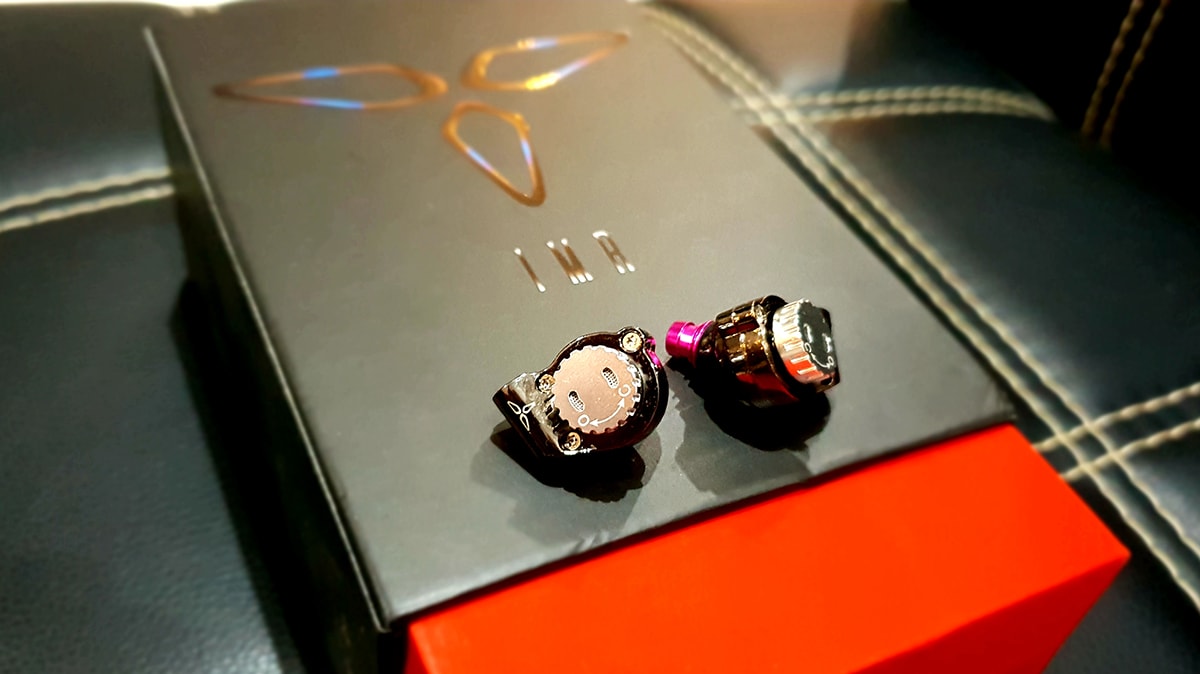
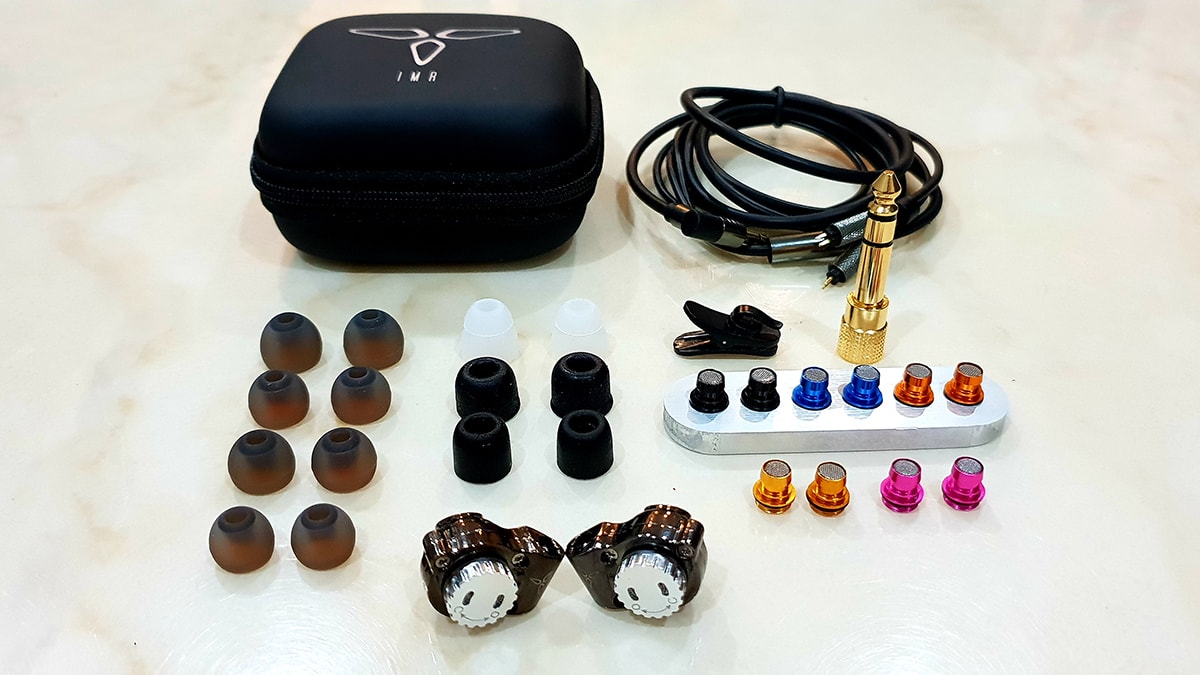
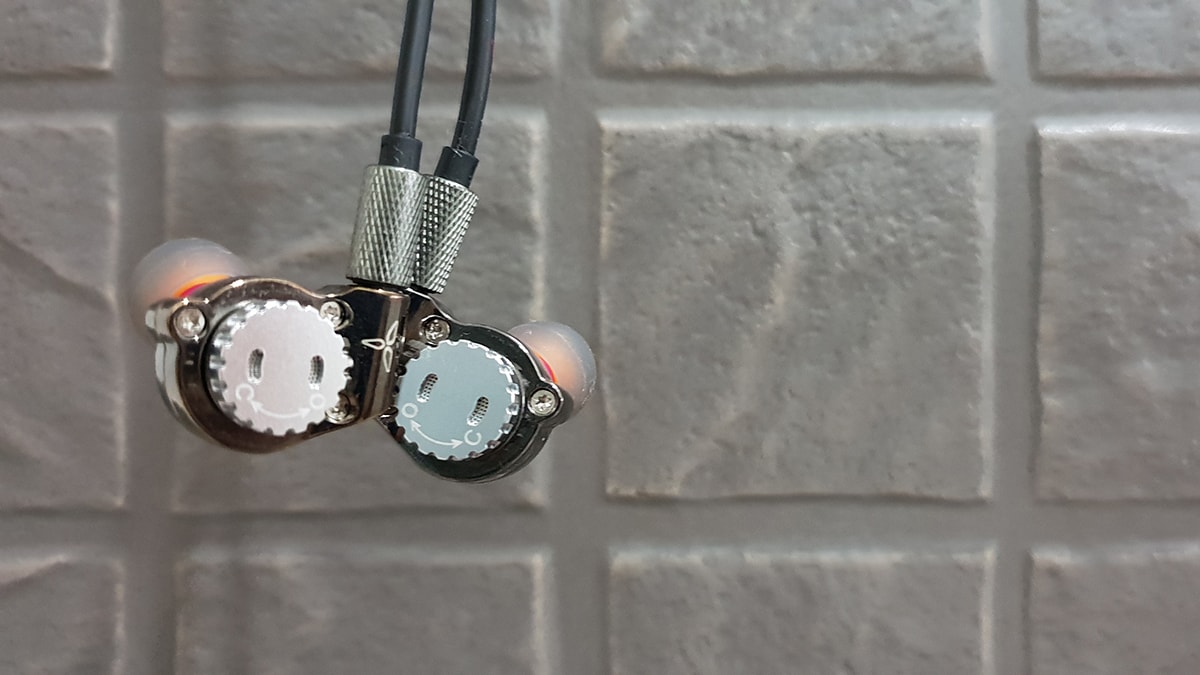
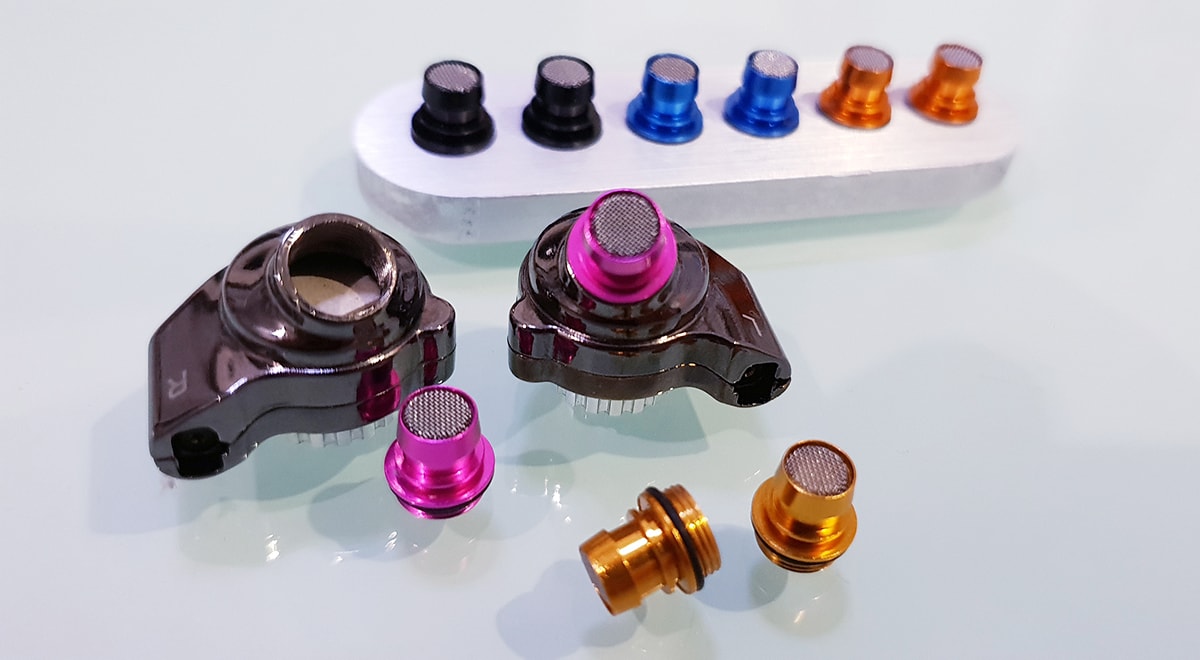
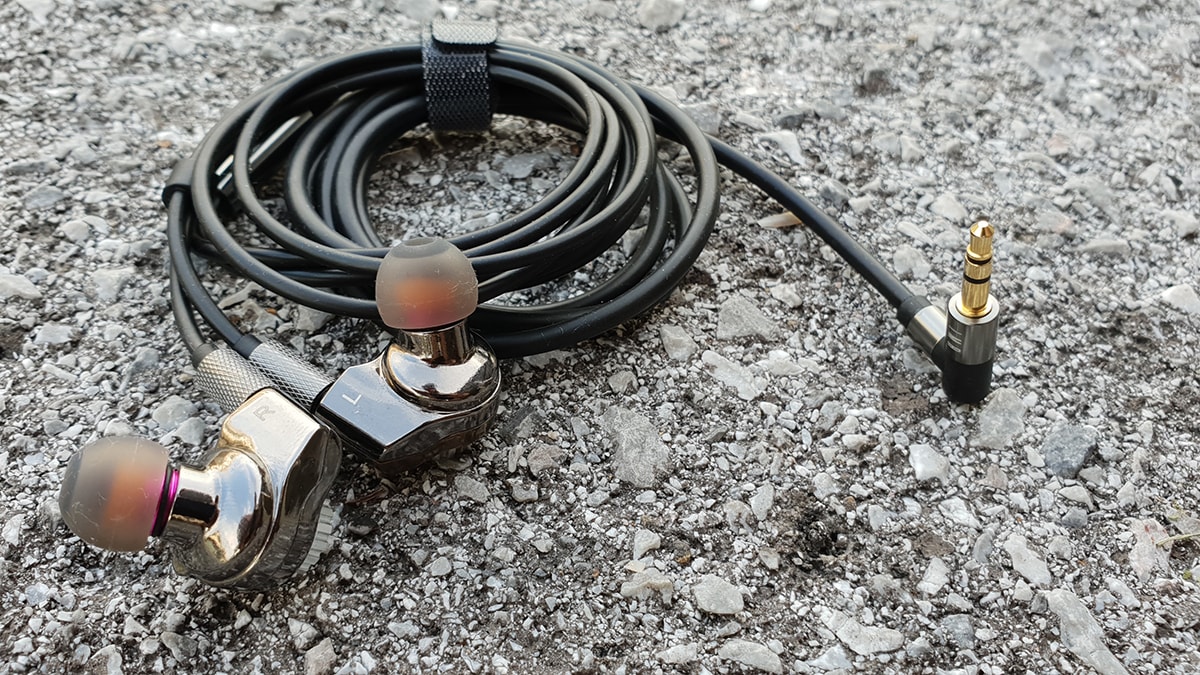
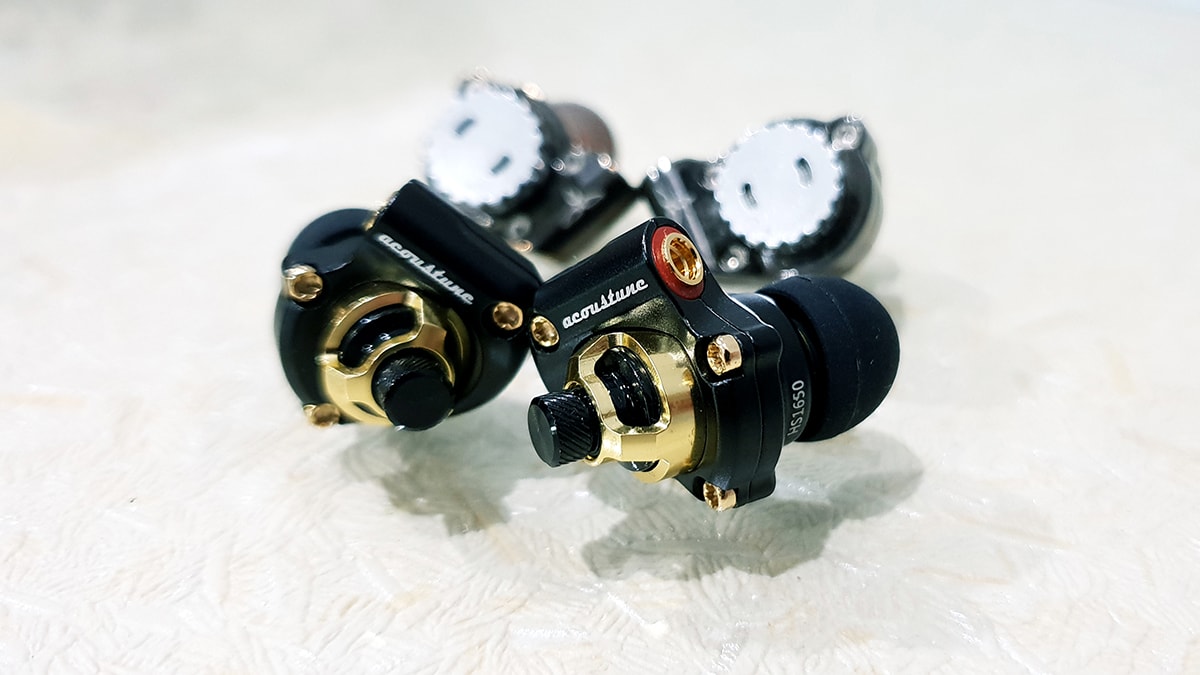
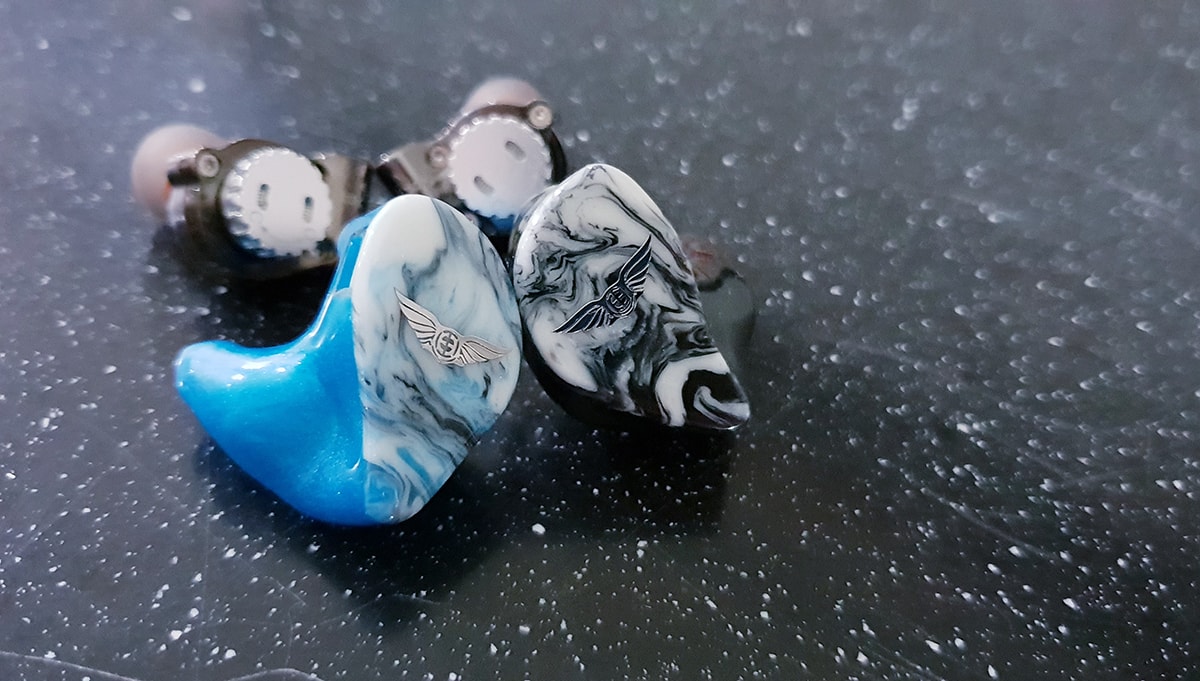
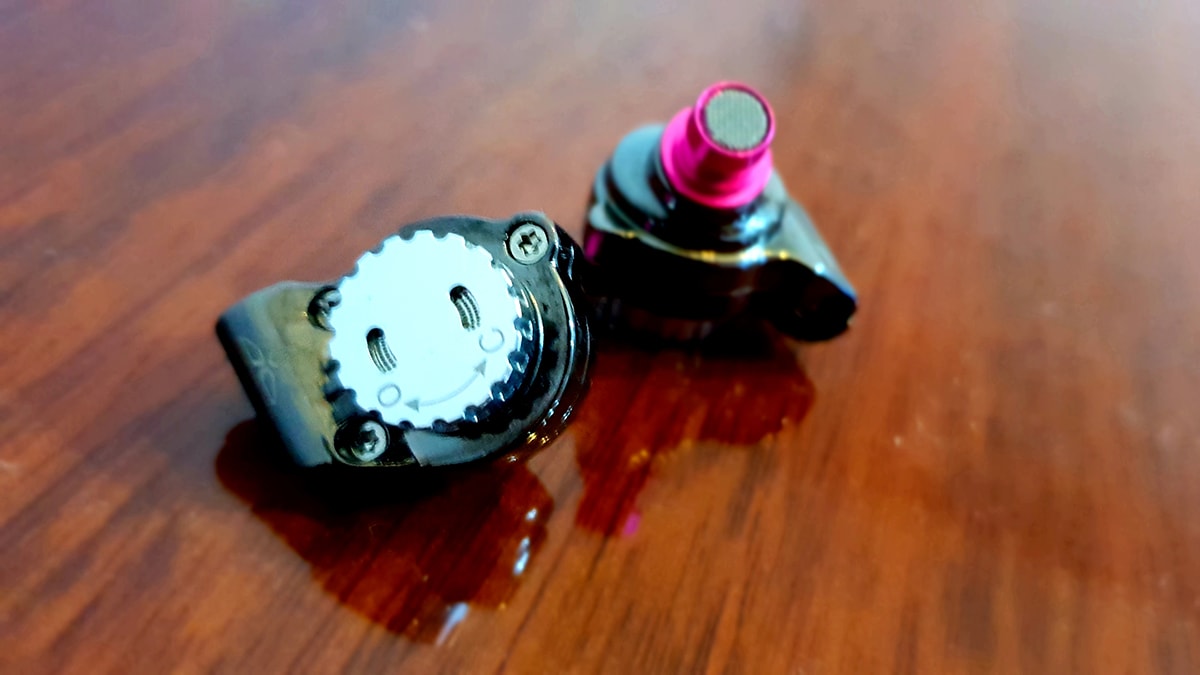

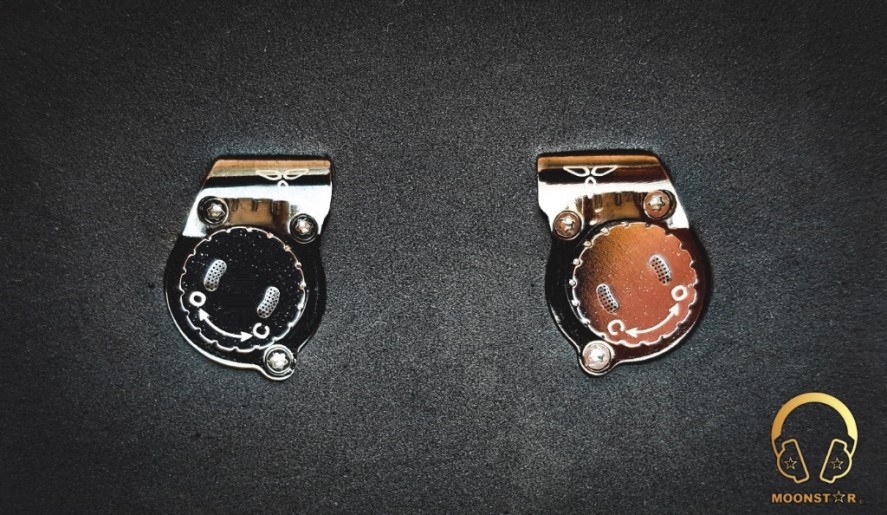
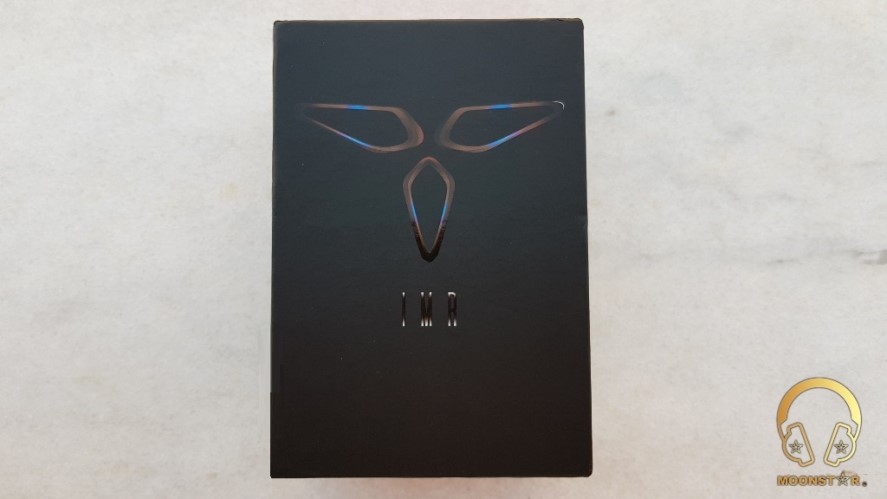
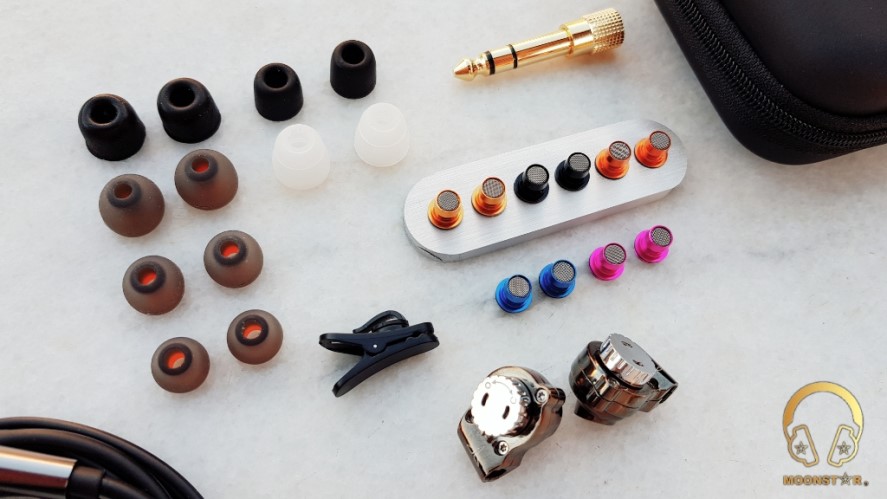
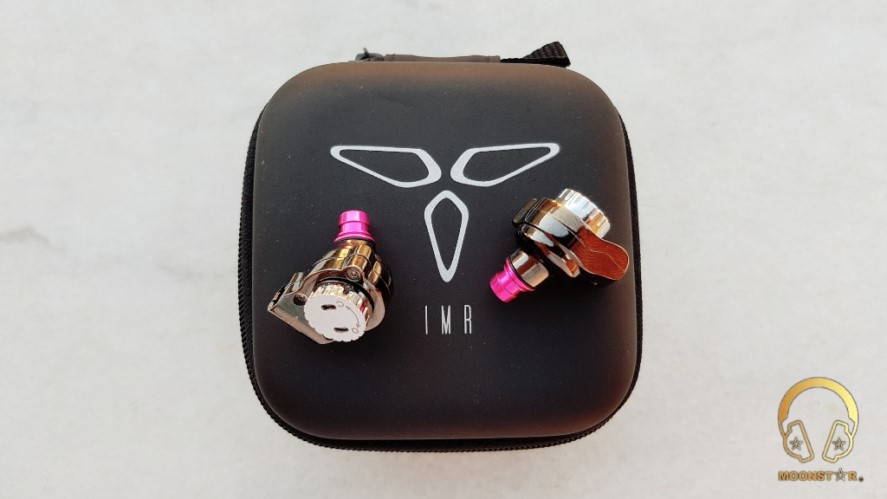
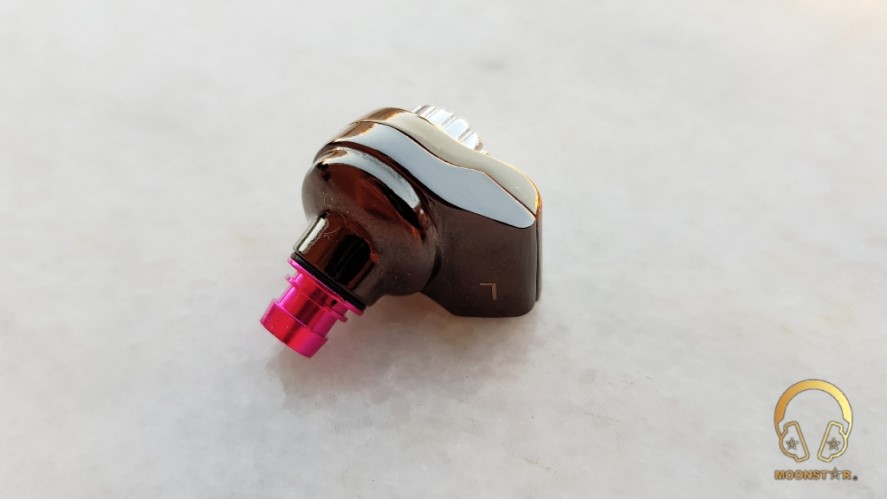

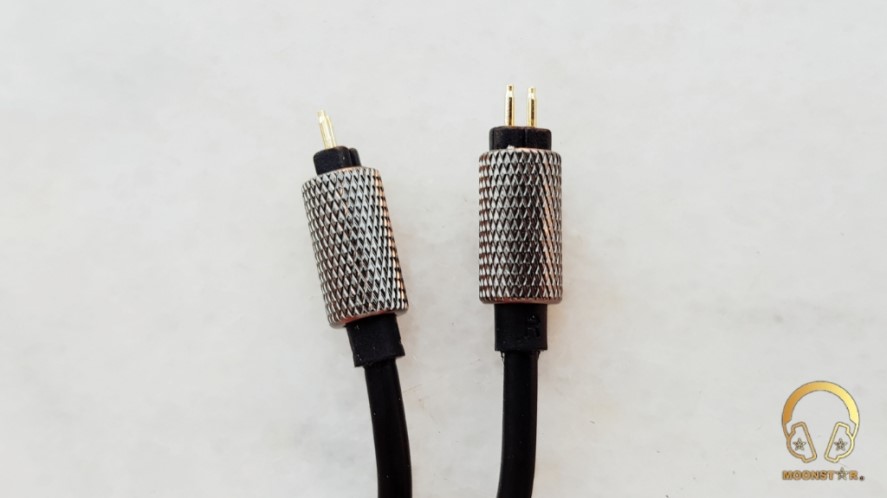
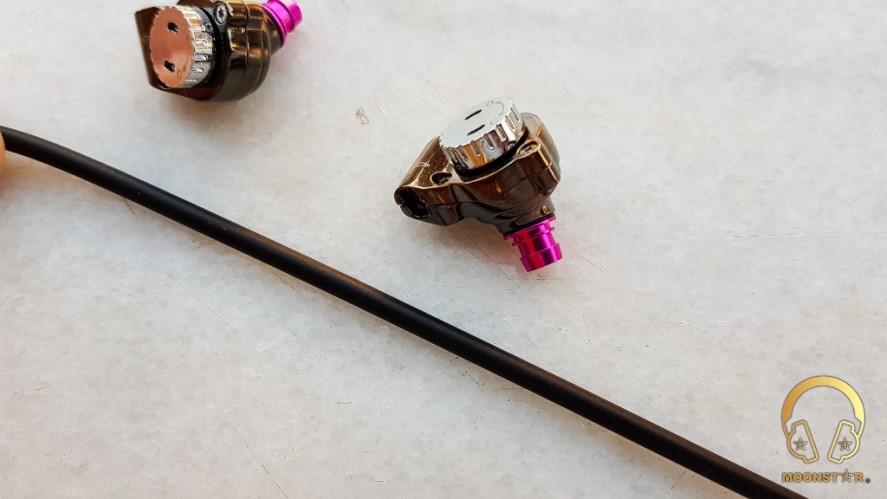
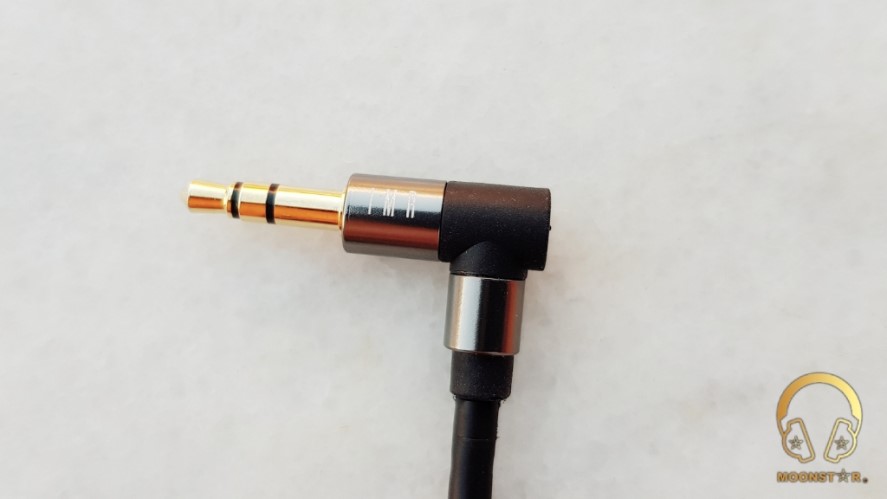
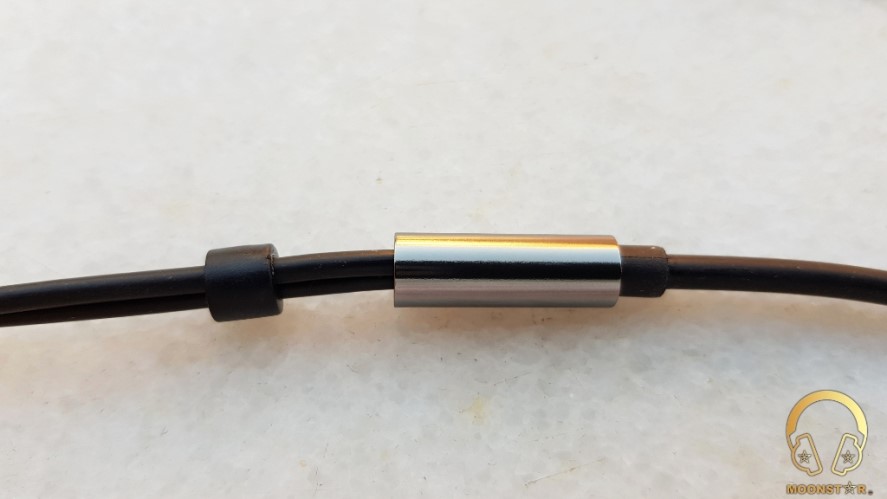
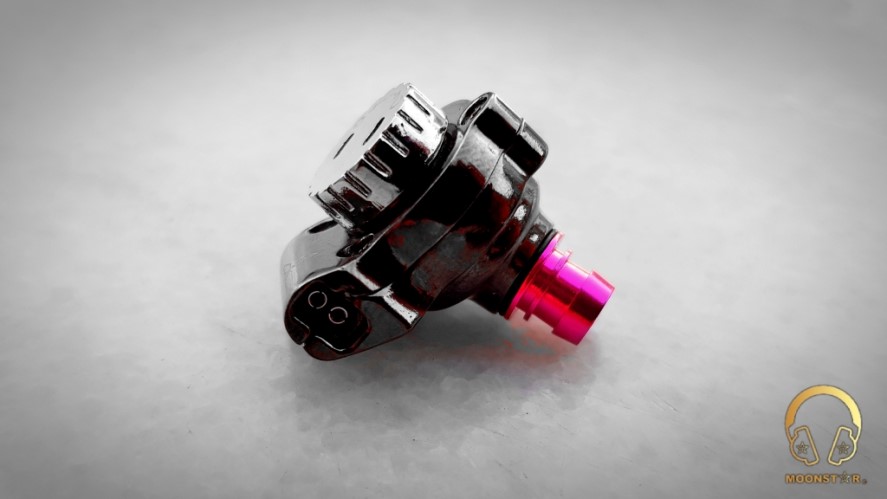
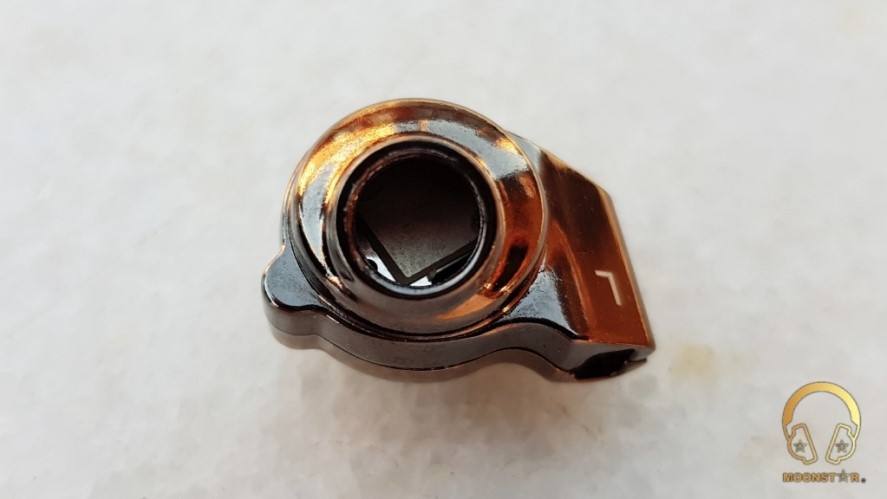
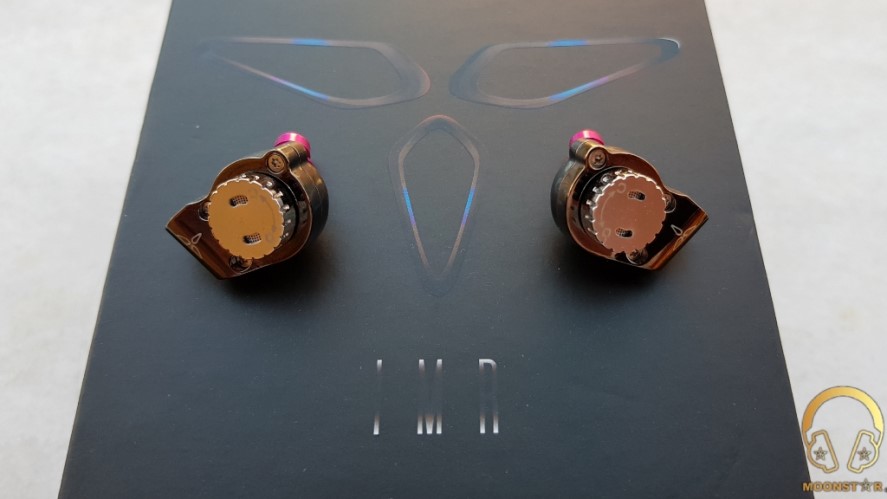
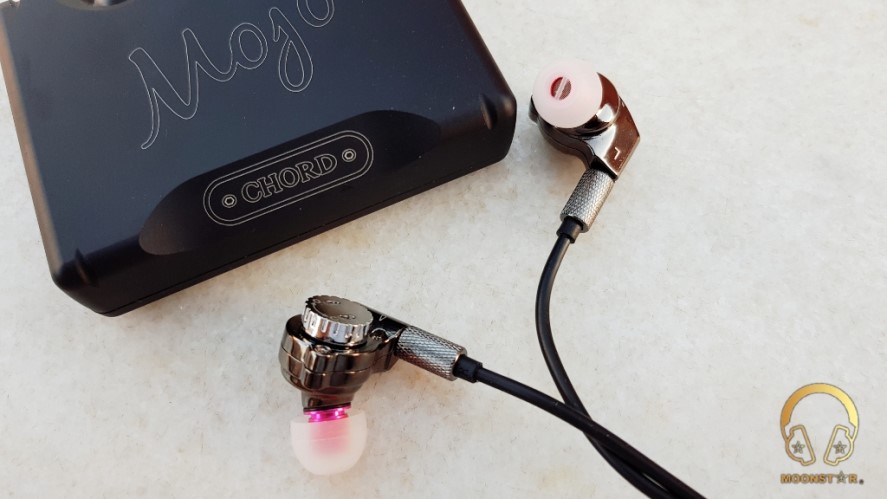
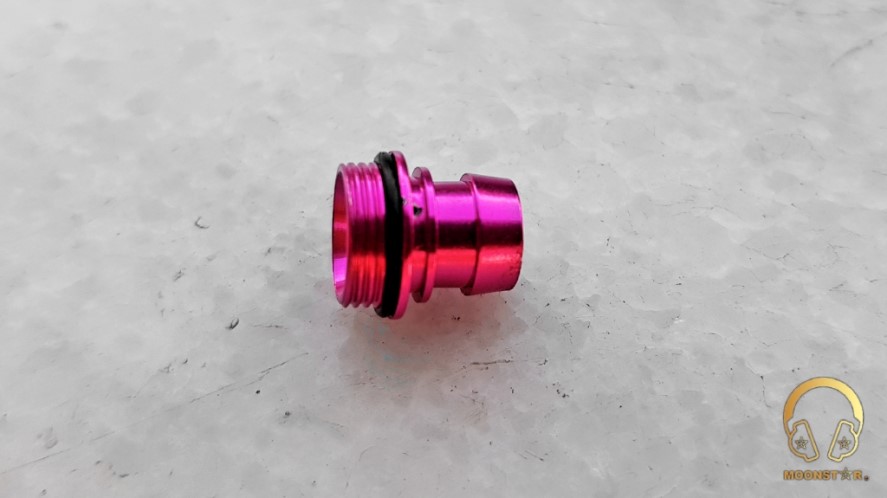
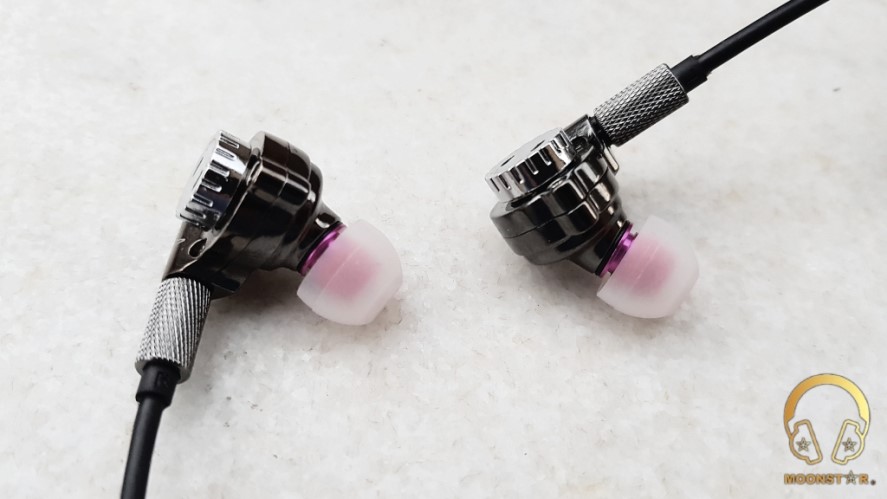
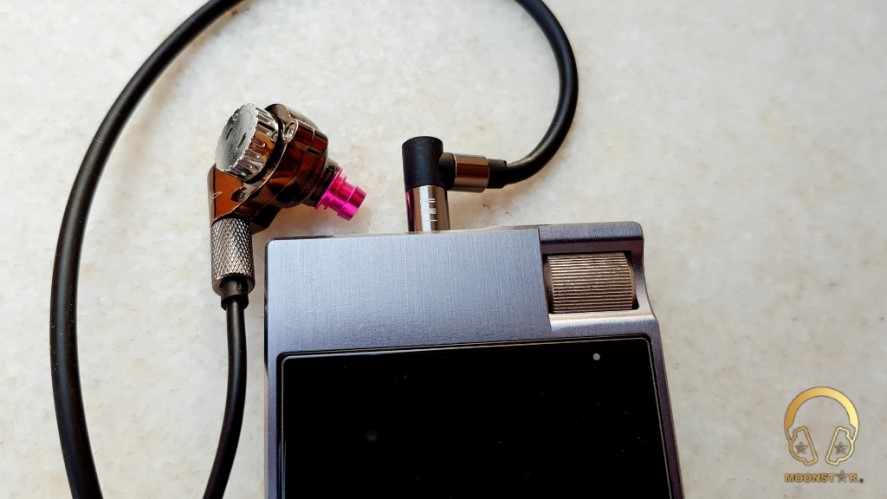
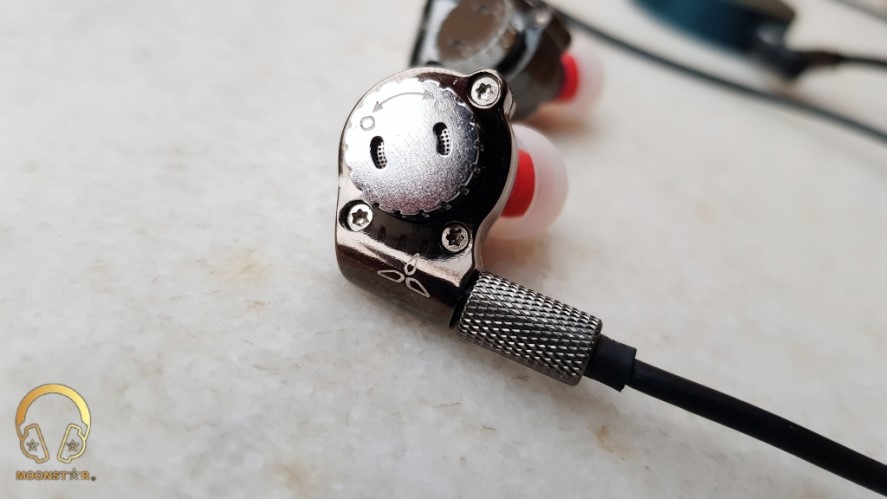
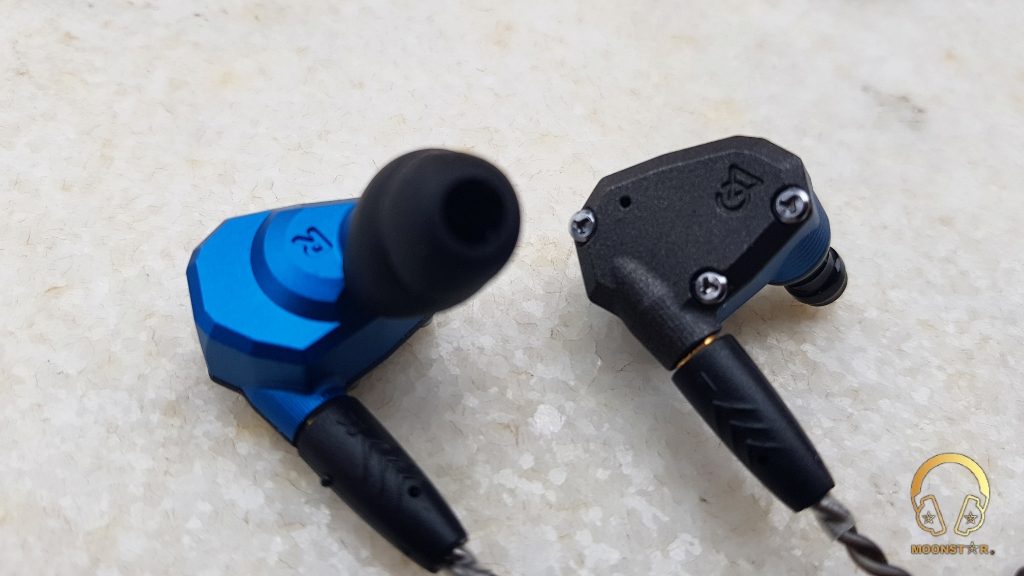
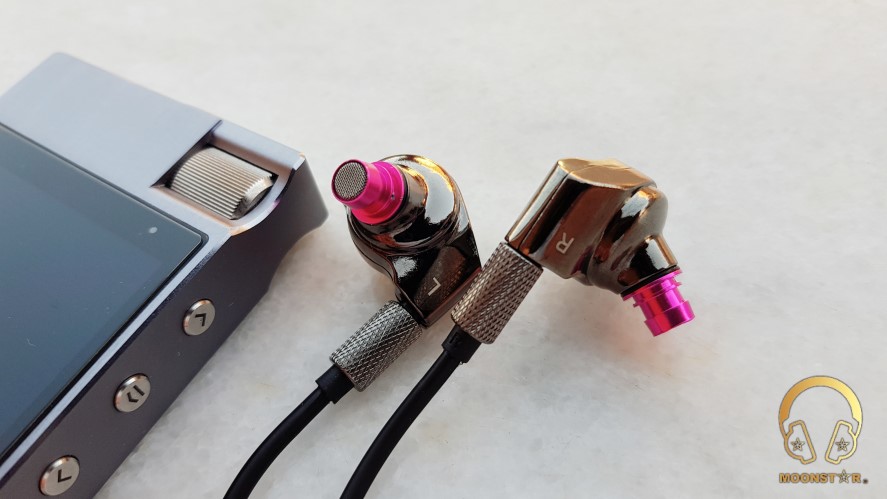

In my opinion, the imr r1 is a headset that plays above its price.